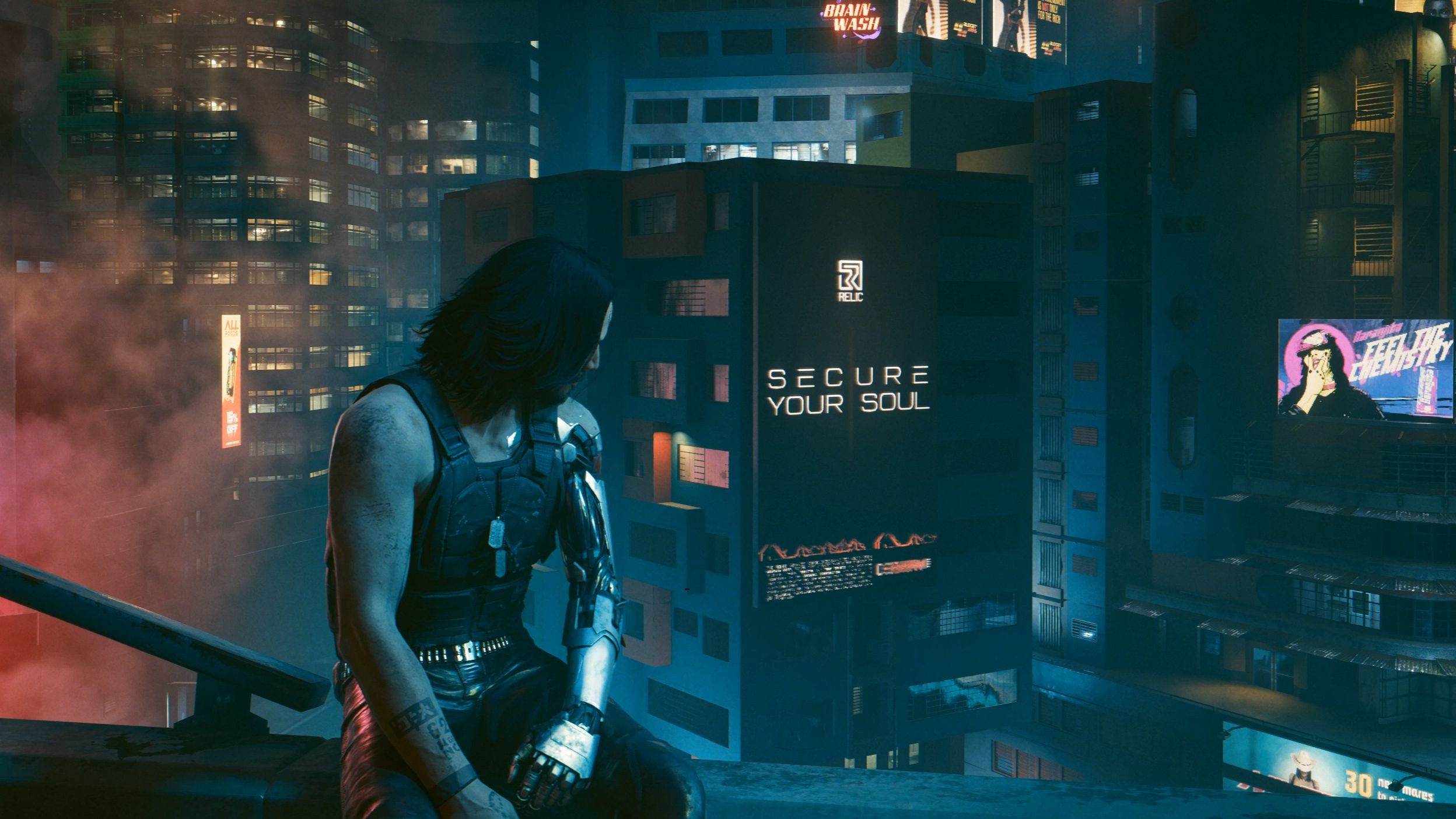Final Fantasy XIII Score Reassessment: Linear vs. Open
Introduction
When Final Fantasy XIII was released in 2009, it was met with polarized reactions. While praised for its stunning visuals, compelling narrative, and innovative combat system, it was also heavily criticized for its linear structure. For years, this linearity was considered a major flaw, especially when compared to the open-world design of previous Final Fantasy titles like XII or VII. However, as time has passed, the discourse around Final Fantasy XIII has shifted. Some players and critics have begun to reassess its linearity, arguing that it serves a deliberate purpose in enhancing the game’s storytelling and pacing.
This article re-examines Final Fantasy XIII’s linear design, comparing it to open-world RPGs, and explores whether its initial criticisms were justified or if its structure was misunderstood.
The Case for Linearity
Narrative Focus and Pacing
One of the strongest arguments in favor of Final Fantasy XIII’s linearity is its impact on storytelling. Unlike open-world games, where players can easily get sidetracked by side quests and exploration, XIII maintains a tight, cinematic focus. The game follows Lightning and her companions on a desperate, high-stakes journey, and the linear progression reinforces the urgency of their mission.
In open-world RPGs, narrative tension can often dissipate when players spend hours engaging in unrelated activities. Final Fantasy XIII avoids this by funneling players through carefully crafted set pieces, ensuring that emotional beats—such as character revelations or pivotal battles—land with maximum impact.
Character Development
The linear structure also allows for deeper character development. Because the game restricts exploration early on, players are forced to engage with the cast in a more intimate way. The gradual introduction of party members and their backstories feels more organic when the player isn’t distracted by optional content.
For example, Hope’s arc—his resentment toward Snow and eventual reconciliation—benefits from the game’s controlled pacing. In an open-world setting, his emotional journey might have been diluted by unrelated distractions.
Combat System Synergy
Final Fantasy XIII’s combat system, the Paradigm Shift, is fast-paced and strategic. The linear design complements this by allowing the developers to fine-tune encounters. Each battle feels like a deliberate challenge rather than a random skirmish, and the difficulty curve remains consistent.
In contrast, open-world RPGs often struggle with balancing combat encounters due to player freedom. Final Fantasy XII, for instance, allows players to over-level or avoid battles entirely, which can trivialize certain story moments. XIII ensures that players engage with its mechanics fully, making progression feel earned.
The Criticisms: Why Linearity Felt Restrictive
Despite these strengths, Final Fantasy XIII’s linearity was—and still is—a point of contention. Many players felt that the game lacked the sense of exploration and discovery that defined earlier Final Fantasy titles.
Lack of Player Agency
For the first 20-30 hours, Final Fantasy XIII offers minimal exploration. Players move through narrow corridors with little room for deviation. While this reinforces the narrative’s urgency, it also removes player agency—a core appeal of RPGs.
Games like Final Fantasy VI or VII allowed players to revisit towns, engage in side quests, and uncover hidden secrets. XIII’s linearity made it feel more like an interactive movie than a traditional RPG.
Late-Game Openness: Too Little, Too Late?
The game does eventually open up in Chapter 11 with the introduction of Gran Pulse, a vast, explorable area filled with side content. However, by this point, many players had already formed their opinions about the game’s structure. Some felt that Gran Pulse’s openness was a belated attempt to appease critics rather than a natural evolution of the game’s design.
Comparison to Other Linear RPGs
Interestingly, other RPGs with linear structures (Final Fantasy X, The Last of Us) were not criticized as harshly. This suggests that the backlash against XIII was partly due to expectations set by previous Final Fantasy games. Fans anticipated a certain level of freedom, and XIII’s rigid design felt like a departure from tradition.
Reassessment: Was the Criticism Fair?
In hindsight, Final Fantasy XIII’s linearity was a bold creative choice rather than a flaw. The game’s strengths—its narrative cohesion, character arcs, and combat depth—are directly tied to its structure. However, the criticism was not entirely unfounded.
A Matter of Expectations
Had Final Fantasy XIII been marketed as a more experimental, narrative-driven experience (similar to Final Fantasy X), the reception might have been different. Instead, it was positioned as a flagship Final Fantasy title, leading to inevitable comparisons with VII, VIII, and XII.
The Evolution of Game Design
Today, linear storytelling in games is more accepted, thanks to titles like Uncharted and The Last of Us. Final Fantasy XIII was ahead of its time in some ways, but it arrived at a moment when open-world design was becoming the industry standard.
Conclusion
Final Fantasy XIII’s linearity remains a divisive topic, but it’s worth reevaluating in the context of its strengths. While it may not offer the freedom of Skyrim or The Witcher 3, its focused narrative and refined combat make it a unique entry in the Final Fantasy series. Whether one prefers linear or open design ultimately comes down to personal taste—but XIII deserves recognition for committing to its vision, even if it wasn’t what fans expected.

Perhaps, in the future, Final Fantasy XIII will be remembered not for its controversies but for its ambition—a game that dared to be different in a franchise known for reinvention.














